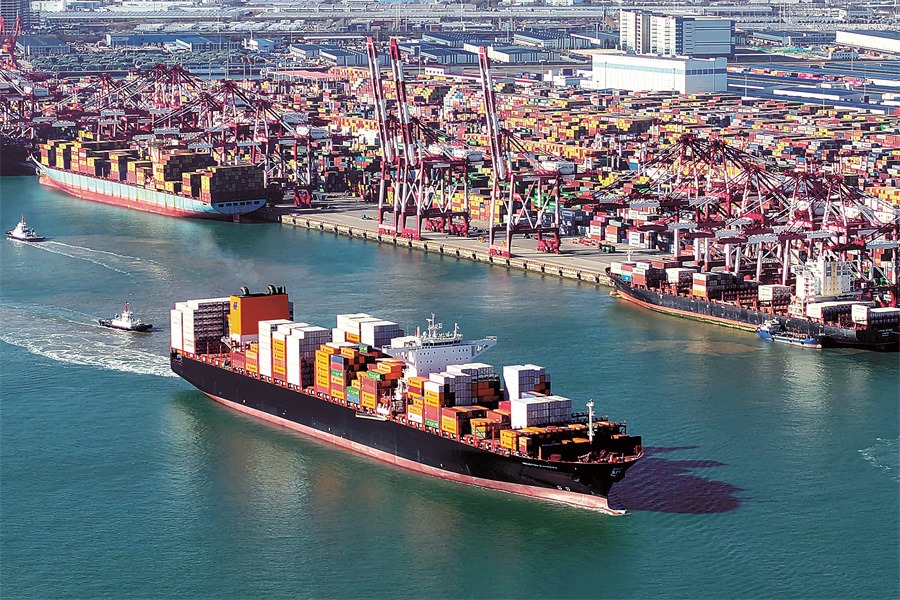China's lunar endeavor docks with world's shared space dream


In ancient Chinese mythology, the fairy lady Chang'e flew to the Moon alone, became a goddess up there, and never returned home.
On Thursday, China's lunar probe Chang'e-5 successfully touched down in north China's Inner Mongolia Autonomous Region after more than 20 days of exploration of the earth's only natural satellite some 400,000 km away, and brought home the first batch of lunar surface samples in 44 years since the Soviet Luna 24 probe in 1976.
As China has eventually completed its 16-year-long Lunar Exploration Program, part of the country's Chang'e Project, it has accomplished a raft of technological breakthroughs during the landmark space voyage.
For example, China has enabled a spacecraft to collect soil sample of the Moon automatically, lifted off from the extraterrestrial body and docked with the probe's orbiter-returner in lunar orbit before heading back to Earth.
It has been a bumper year for China's aerospace technological innovation as it also saw the completion of a nearly 30-year-long deployment of the BeiDou-3 Navigation Satellite System (BDS). The BDS is now offering free service for global users.
China's lunar adventure also marks a bold new step of the human race to get better understanding of the Moon and to decode the secrets of the outer space.
To date, countries worldwide have launched about 130 manned or unmanned missions to the Moon in total. The early exploration in the 1960s and 1970s was characterized by the space race between the United States and the former Soviet Union. The second wave of exploration started in the 21st century after scientists found in the 1990s that there might be water on the moon.
The Chang'e-5 landed in an unexplored area of the Moon called Oceanus Procellarum, or the Ocean of Storms. There, the soil and rock samples the Chinese robotic lander has retrieved are much younger than those taken by other countries in their previous lunar missions in terms of billion of years. This could help humankind solve more mysteries of lunar history.
Although the fairy tale of Chang'e has been passed down from one generation of Chinese to another for more than a millennium, China is a latecomer in space adventure.
Yet in recent years, it is catching up fast, and has become a pioneer in many aspects. This year, China has commenced its daring marching to Mars by launching its Mars probe Tianwen-1.
After many months of flying into the deep space, the probe has already travelled more than 100 million km away from Earth, and is scheduled to enter Martian orbit in February next year.
Moreover, the historic success of the Chang'e-5 mission also represents China's latest attempt to contribute to international space cooperation.
As China's Foreign Ministry Spokesperson Hua Chunying said at a recent regular press conference, China is committed to the peaceful use of the outer space and has been conducting relevant exchanges and cooperation to share aerospace progress with other countries.
After completing the rendezvous and docking mission, the ascender of Chang'e-5 landed on the Moon so that it will not become space debris that could obstruct follow-up lunar exploration probes.
China embraces openness and cooperation responsibly because it believes that outer space is not the domain of a single country and belongs to all humankind.
It is regrettable to see that some major countries are pushing forward controversial accord that allows signatories or companies to create exclusive "safety zones" on the Moon, and adopting strategies to accelerate the militarization of space. Any of such self-dealing efforts to pursue space hegemony should be firmly rejected.
Exploring mysteries of the universe has always been a shared aspiration of all humanity since ancient times when human ancestors started to gaze upon the starlit skies at night.
As the human race continues to march into the space, the Moon will be an outpost for those future adventures. And in those coming epic expeditions, China stands ready as a partner for all.


































